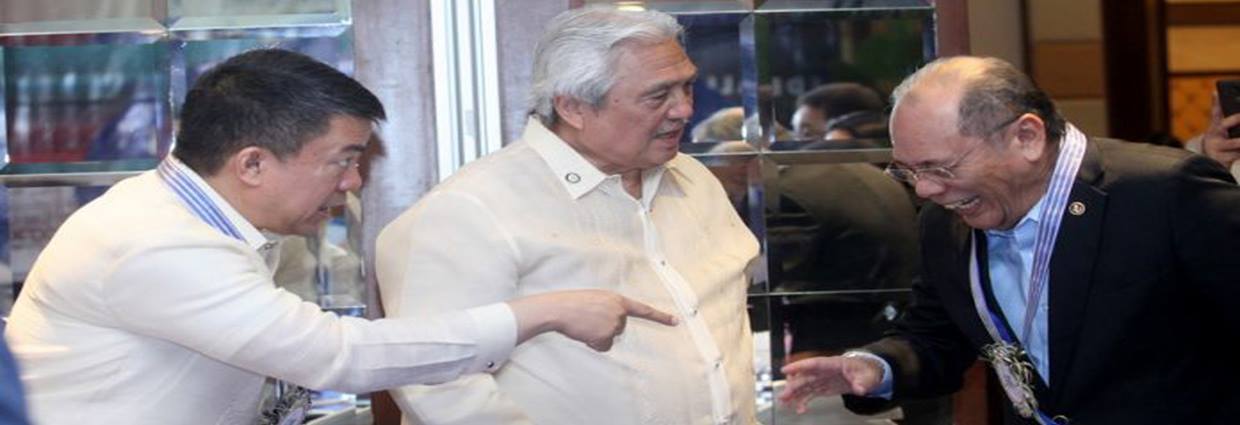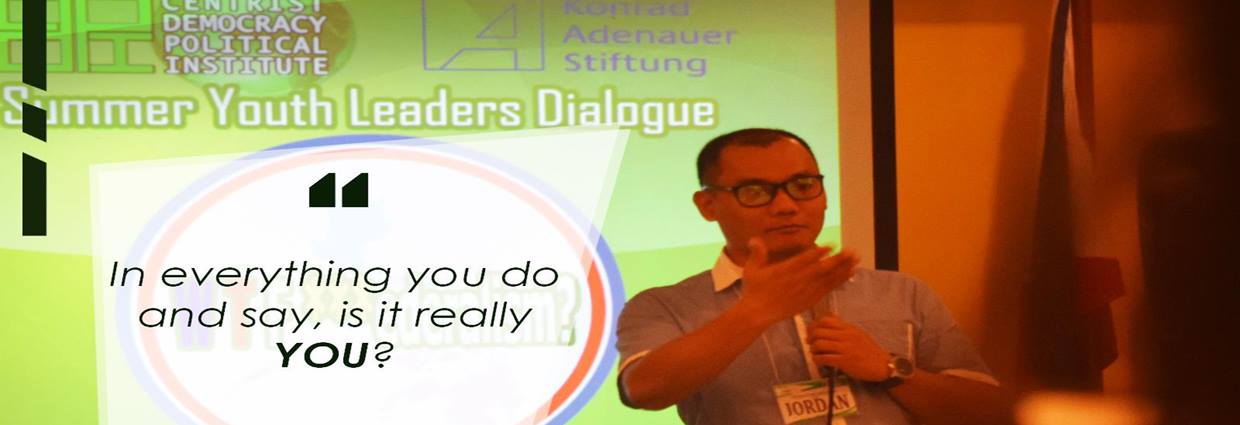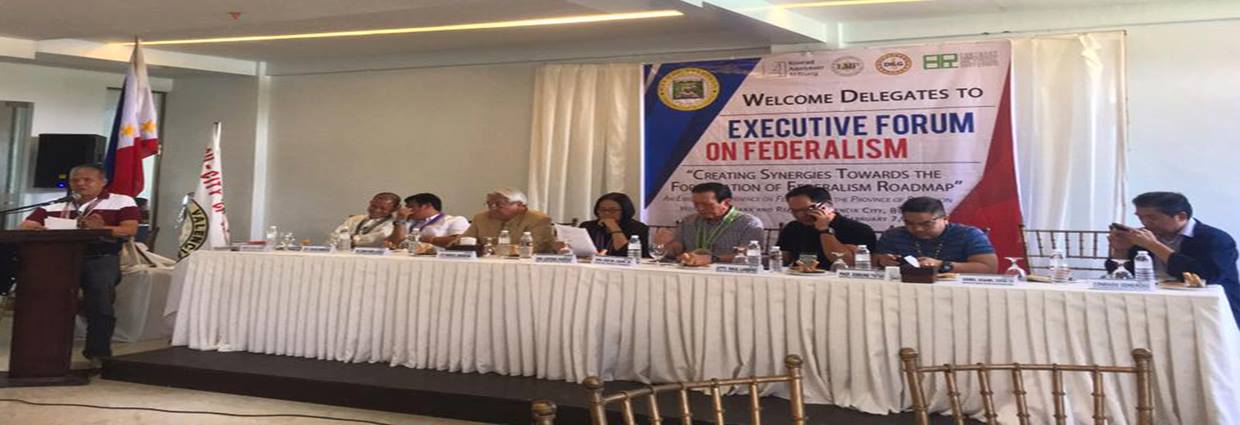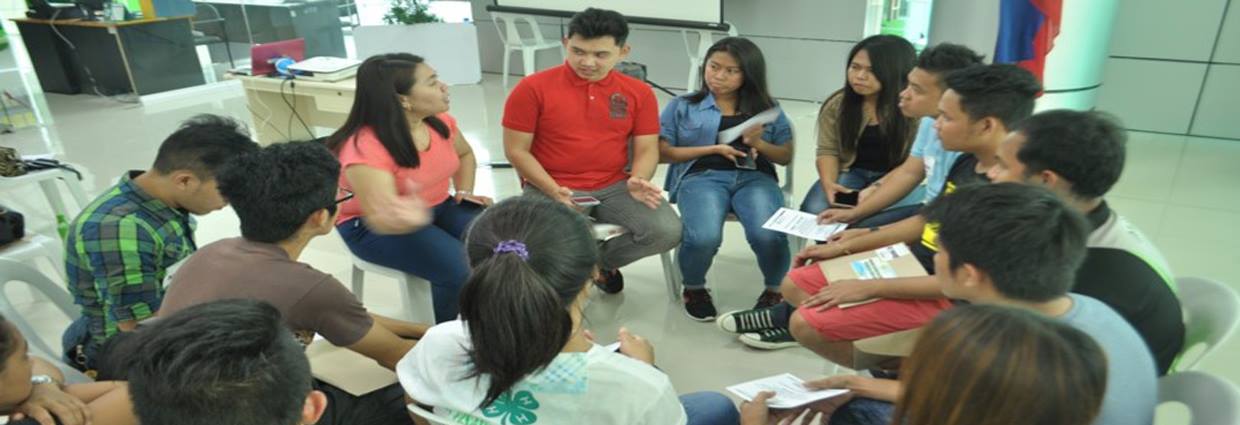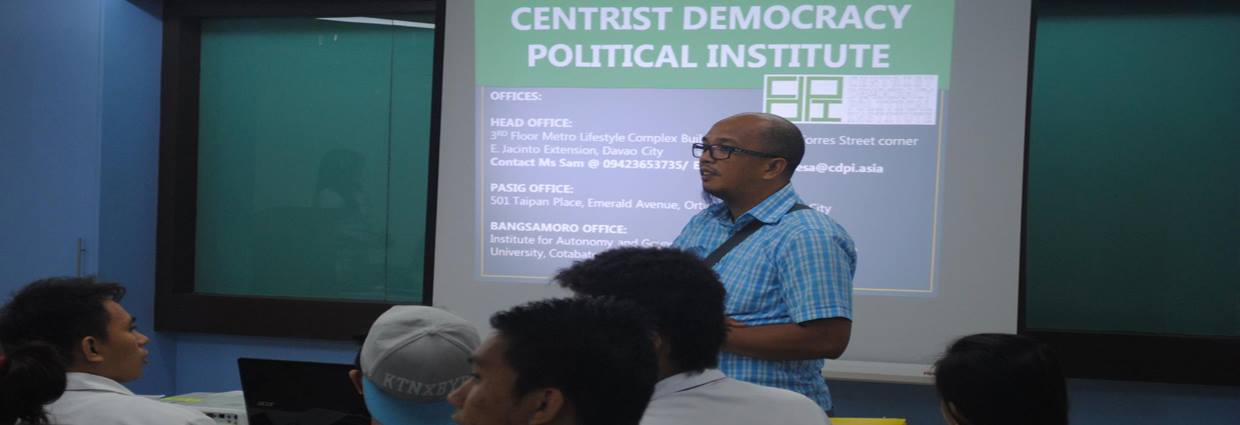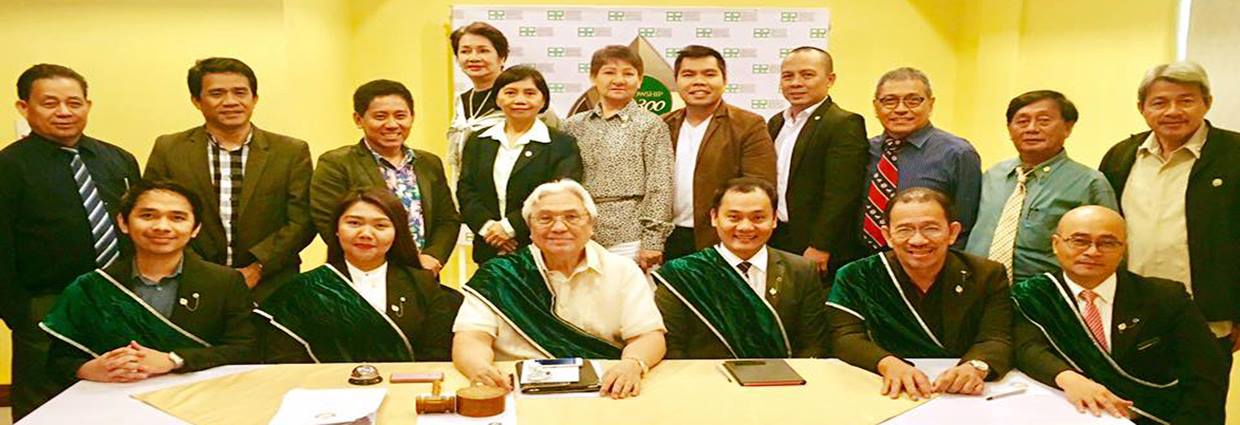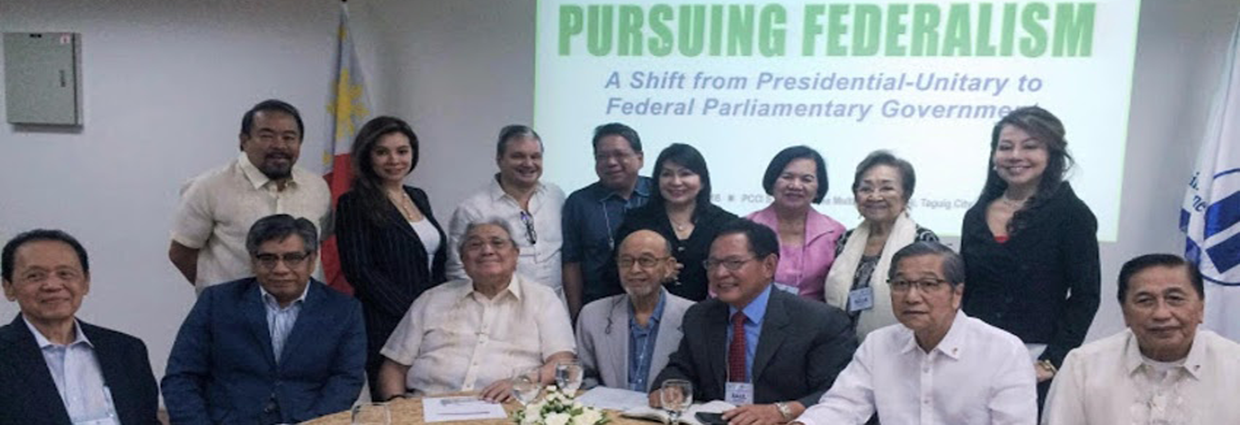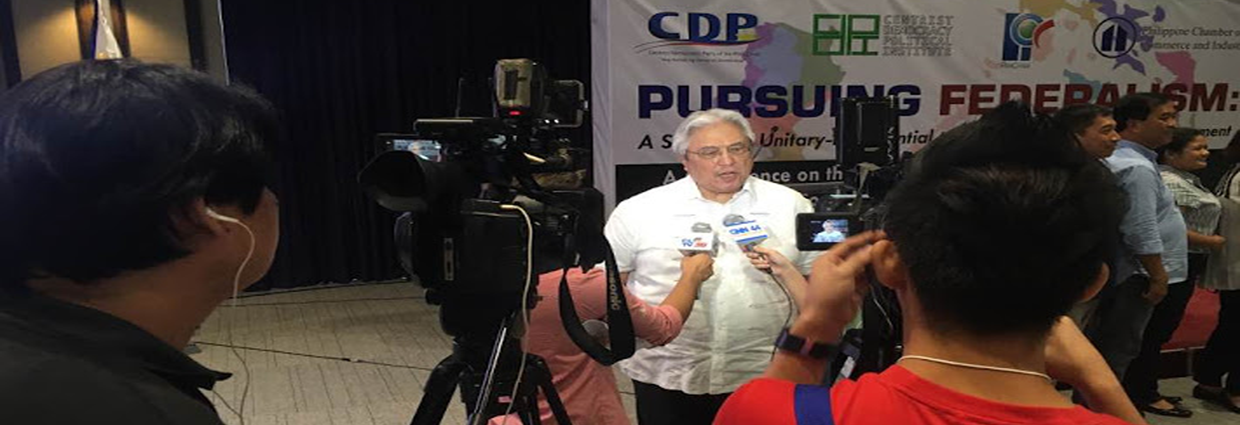“President Rodrigo Duterte… a defiant crusader, willing to encourage the slaughter of thousands in the name of saving his nation from the scourge of drugs.“New York Times, March 21, 2017
THIS is how a New York Times feature story last March 21, 2017, opened, as part of a series of articles bashing President Duterte’s war on drugs. The newspaper obviously wanted to start a hurricane of global outrage when it started urging the European Union (EU) and our other trading partners, to “hit” the administration “where it may hurt” and that is in trade incentives – imposing tariffs on Philippine goods.
Richard Paddock’s piece “Becoming Duterte: The Making of a Philippine Strongman” was followed by a teaser of a trailer on Deegong’s drug war, two days later, March 23, for full release of the full documentary on March 26.
The Paddock article was then followed by an editorial entitled “Accountability for Duterte”; and a video documentary, “When A President Says, I’ll Kill You”. The New York Times wrote: “We sent a film crew to the Philippines, where death, grief and fear fill the streets.”
“The fakest story of all” screamed the Manila Times editorial. And I quote: “As an adult in the news business, The Manila Times as a matter of policy does not dignify a piece of fake news or fake story, by commenting on it as if it should be seriously considered by our readers and the Filipino nation”.
And then, The Manila Times proceeded to use 663 words to dignify Paddock’s article.
Malacañang’s Abella came out with his own pitiful response dismissing the NYT article as a “a well-paid hack job for well-heeled clients with shady motives.”
First, let us look at the purveyor of these attacks and the medium used. The New York Times is one of the three or four most prestigious US newspapers (along with the Wall Street Journal and the Washington Post). In 1971, it published, “The Pentagon Papers,” a secret US Defense Department history of political/military involvement in the Vietnam War, which was leaked by Daniel Ellsberg, an activist and a US military analyst at the RAND Corporation. The US government filed lawsuits against the paper. The US Supreme Court decision in favor of the paper enshrined “an absolute right to free speech”. It has been awarded 119 prestigious Pulitzer Prizes – more than any other newspaper.
Richard C. Paddock, is not a regular columnist of the NYT but a contributing editor for the Center for Investigative Reporting (CIR), a Pulitzer Prize winner himself and a 30-year foreign correspondent, reporting from 50 countries.
These are the protagonists that have stirred a political hornet’s nest agitating Philippine social media to take sides: the usual suspects purportedly led by the remnants of the past administration out to “destabilize” the regime versus the red-blue army taking the cudgels for DU30. This time the mainstream media are all over each other defending the “reputation” of the country and by inference the Deegong administration (witness the Manila Times) on one hand and the perceived anti-DU30 PDI and Philippine Star on the other.
But the greater battle raging now is in Facebook, Twitter and the internet media – where everything goes including “ad hominem” arguments by all sides trying to stress their points of view.
But how is the cynosure of all this taking it?
Let me quote what he said last Friday after all of these hit print, the airwaves and the internet: “I’m now the President. The least of my worries is the EU. I have to build a nation…” And then in a speech during the 31st Biennial Convention of the Federation of Filipino Chinese Chambers of Commerce and Industry “…that’s why I went to China. I went everywhere, because we are really poor and we have to improve the economy…”
I could admire the attitude of the Deegong – chutzpah! While everyone is in frenzy, here is the “cool hand Luke,” trying to do what he is supposed to do, trying to govern! But how can he effectively govern given these conditions. And not everyone shares the President’s impudence.
It is a given that the Deegong has brought these negative vibes upon himself by inviting controversy with his unguided (misguided?) pronouncements interspersed with his colorful language. He is his own worst enemy. He stands defiant from the very start against nations that have criticized his war on drugs. His rhetoric, however, has been mostly accepted by leaders in China, Russia and even the new US President Trump. But this EU initiative could hurt not Deegong but the Filipino masses if the proposed trade “embargo” succeeds.
Highlighted in this NYT article is the impeachment case filed by the former mutineer, party-list lawmaker Gary Alejano, using the perjured testimonies of Matobato and Lascañas, and which has no way of advancing through the Deegong-controlled supermajority. Sure, these can be discredited in any court of law, but the Deegong is not facing such a court but that of international public opinion. He needs similar tools fought in comparable battlefield in international media.
The claims in the international media are gaining traction when not debunked properly. So far, the most that Deegong’s alter egos have been doing is to lamely declare that the NYT publication appears to be part of a well-funded demolition campaign to remove Duterte from office.
The alter egos need to carry the burden of defense of PRRD and the country against the onslaught of the local “destabilizers” and their cohorts abroad. Why not hire an international lobby or PR group that can do a professional job of explaining what the Deegong is doing for this country – and exposing the personalities behind these concerted attacks. I am sure the money will be well spent.
The way things are going, Deegong and his people are simply coping. This is a pathetic defense strategy.000
The New York Times vs the Philippines Featured
Comments:DISQUS_COMMENTS

